|
80x5 -
240x3 -
240x4 -
320x1 -
320x2 -
320x3 -
640x1 -
640x2
Set display option above.
Click on
images to enlarge. |
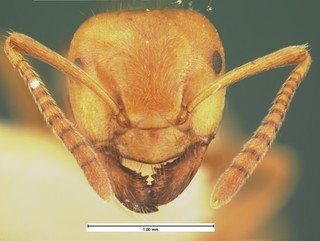
© Dan Kjar, 2004-2008
· 1
Acanthomyops interjectus, head, CASENT105573 |
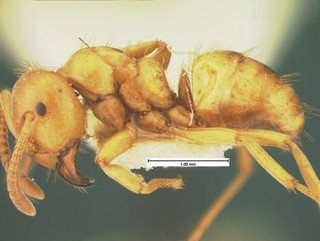
© Dan Kjar, 2004-2008
· 1
Acanthomyops interjectus, side, CASENT105573 |
|
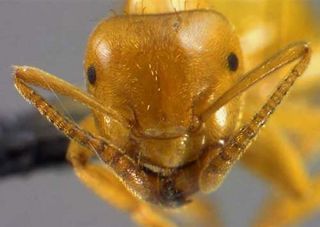
© Copyright Gary Alpert, 2005-2008
· 0
Acanthomyops interjectus, head |
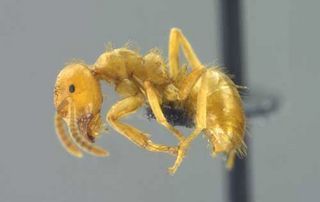
© Copyright Gary Alpert, 2005-2008
· 0
Acanthomyops interjectus, side |
|

© Copyright Gary Alpert, 2005-2008
· 0
Acanthomyops interjectus, abdomen |
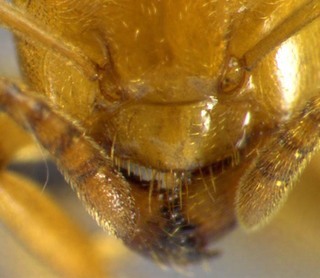
© Copyright Gary Alpert, 2005-2008
· 0
Acanthomyops interjectus, jaw |
|
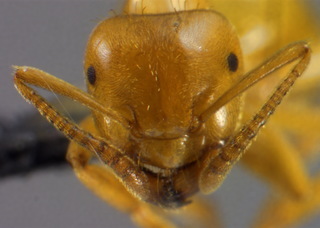
© Copyright Gary Alpert, 2005-2008
· 0
Acanthomyops interjectus, worker, head |
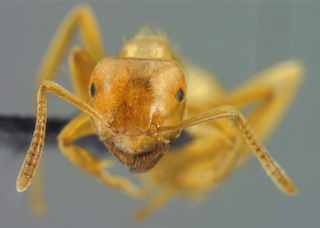
© Copyright Gary Alpert, 2005-2008
· 0
Acanthomyops interjectus, worker, head |
|
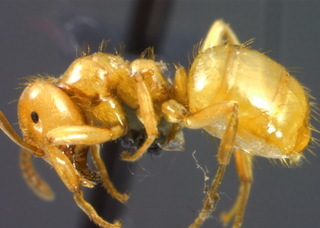
© Copyright Gary Alpert, 2005-2008
· 0
Acanthomyops interjectus, worker, side |
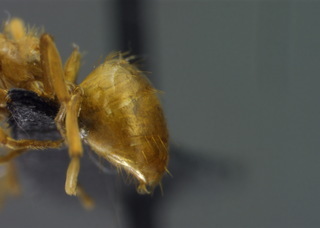
© Copyright Gary Alpert, 2005-2008
· 0
Acanthomyops interjectus, worker, abdomen |
|
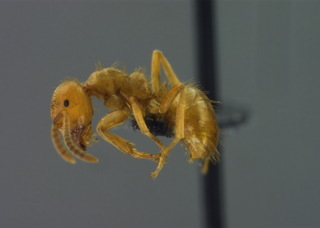
© Copyright Gary Alpert, 2005-2008
· 0
Acanthomyops interjectus, worker, side |
|
Names | |
|
|
|
Natural history |
In Missouri
This is the second-most common species of "citronella ants" (a.k.a. "lemon ants") in eastern US. With its pale, yellow-orange color and the strong lemon-verbena smell emitted when handled or disturbed, it is difficult to mistake this ant for any other ant, except for the other citronella ant species. Acanthomyops interjectus stands apart from other citronella ants by its large worker size, 4-5mm in length, whereas other species rarely exceed 4mm.
The habitatas where Acanthomyops interjectus is found in Missouri are open woodlands, prairie-woodland edge, thickets and meadows, especially in the northern half of the state. During rainy spells in late June and early July, these ants build temporary mounds of excavated soil resembling mole hills (but with
much finer particle size), built up among grass clumps or shrub stems. The soil around this temporary nest is riddled with their tunnels. The chambers of the nest contain exposed roots, and these have subterranean aphids (link), which feed on the sap of the roots. (In areas with a high water table, the mound
may be a more permanent dwelling and will have vegetation growing out of it and aphid-bearing roots permeating it.) The aphids excrete a sweet liquid called honeydew (link) that is gathered by the ants. Honeydew apparently provides the ants' primary source of nutrients (in addition to the occasional immature
aphid consumed for extra protein!).
The mating flights of Acanthomyops claviger occur on warm, sunny afternoons in late June-early July. After mating, the wingless queens quickly hide away under cover objects or at the base of plants, and are quite difficult to collect. The young queens apparently invade colonies of Lasius neoniger (and possible also of Lasius umbratus or other Lasius species), although this is rearely seen. Perhaps the invasions occur mostly at night or the cool early morning hours. The colonies of the host species of ant serve as a ready-made work force that, if all goes well, helps to raise the first workers of the citronella ant usurper queen. These mixed colonies are rarely encountered.
|
|
| Supported by | |
Updated: 2024-04-20 02:42:26 gmt
|